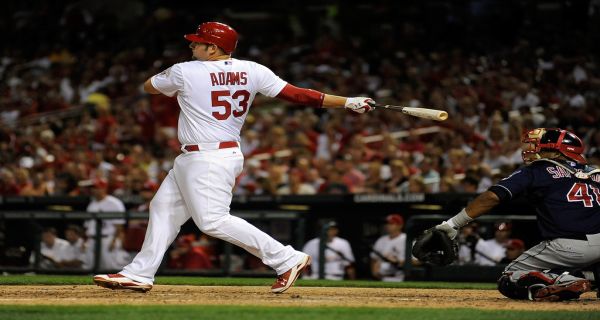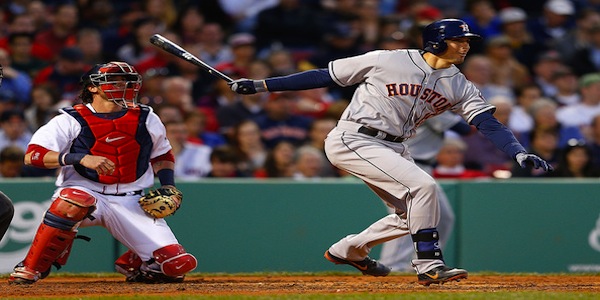What is Total Run Index?

In the coming weeks, a series of articles will be available through the premium section of this site concerning total run index. Like most of you, I don’t pay extra for things unless I am sure that they actually have value. So, in this spot I will try to explain total run index in simple terms and try to sell you on why you want to use it to help you with your fantasy drafts. So, what follows is a simple FAQ on total run index.
Who are you and why should we trust anything you say?
I have to admit this is an embarrassing question to answer. Like most people, I hate bragging on myself. A few of you have followed me around the internet and already know this story. To those folks I humbly apologize. I am a blogging vagabond so to speak. As an aspiring blogger, I have had the opportunity to write for a number of medium level sites, but like many of outlets in the media these days, some of them have gone under. They include Fanball, Bloguin, and my last home hardballchat.com.
In addition to writing for these sites, I’ve also written four books. Three of them use sabermetrics heavily and my last book, The Hall of Fame Index was nominated for the Sporting News Award for statistical advancement. I used many of the same methods I used for that book on the total run index. Of course, all of my books are available on Barnes and Noble’s website and Amazon.
What is total run index exactly?
Total run index is a compilation statistic that attempts to compare each big league player with the average player. It separately looks at fielding, hitting, and base running. Obviously, fielding is not included in the fantasy data that we use here at the site. The statistic shows how many runs above or below average a player is in each individual category and then combined.
For our purposes here, the hitting and base running numbers (and pitching numbers) have been combined to produce one number. In terms of offense (since that is what we are concerned with), the average could be defined as the big league average.
Why should I use total run index?
In fantasy baseball, it is fairly easy to rank players by position, but it is a little more difficult to rank players across positions. When we start to include pitchers it is next to impossible to determine how to value one or the other. Total run index does that for us. The units (runs) are the same across positions. So, someone could easily make their draft list according to TRI and move on.
Last season, I started a league and had to miss my own fantasy draft. I put in my predraft list according to TRI and just watched the results. I ended up winning my league. Of course, I had to make roster moves throughout the season and I didn’t spend every week in first place, but the draft set me up to be in the thick of it all season.
What are total run index’s limitations?
When you set up a number like this, it does not tell you what a player will do in terms of the simple fantasy categories we all know and love. The TRI score won’t translate to a certain number of home runs, steals, runs, or wins. What it does do is give you an idea as to the overall quality of the player. I’ve generally found that these things usually take care of themselves.
Besides, fantasy players spend too much time worrying about individual categories anyway. What TRI will do is give you an idea of which hitters and pitchers tend to be overvalued on draft day and which ones tend to be undervalued. That information by itself is gold.
What will you find in the premium section?
I will be releasing the rankings for the top 25 players at each position according to their 2012 numbers, three year average, and five year average. In addition to the raw data, you will get my thoughts on what these numbers mean for some of the key players. Of course, those that subscribe to the special section can also ask questions about particular players.
You can also follow Scott Barzilla at twitter at @sbarzilla.





